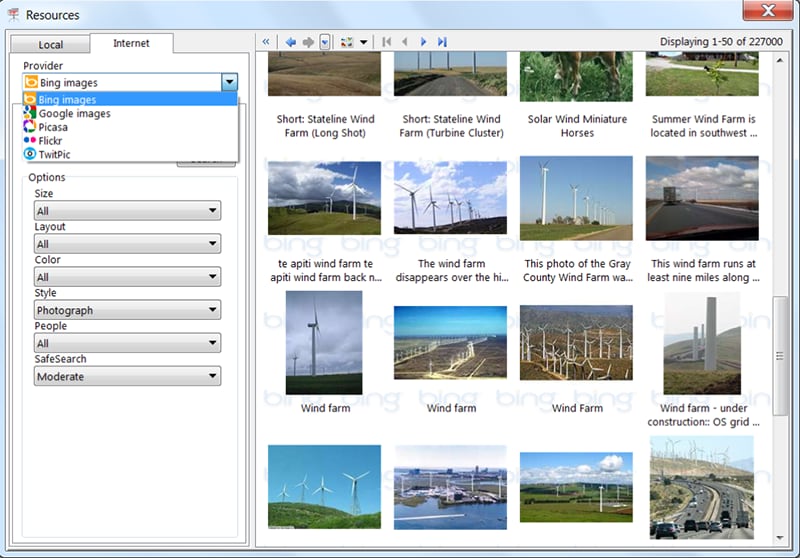

The problem is, now only the designers can edit it. From there, that content gets flowed into an InDesign template, styles are applied for consistency, and the end result comes back probably looking nice. At some point that vanilla document gets sent to the design team for “layout”. Those documents are drafted in a plain text, or “vanilla”, word document.

The writers, editors, and project managers all have Word. Typically, the documents start in Microsoft Word. If you have a large document that is templatized, use Word. You may not want to hear it, but it’s right and will make life easier for you, your writers, your editors, and in the end, even your designer. Legal is about to close the door and you can’t find the designer to edit the file. You just need to add a final reference to the InDesign document. You’re a project manager, and you’re almost done. Okay here it is…If your training modules are built in InDesign, then you probably have an InDesign bottleneck problem. Training modules, for example, are typically large sets of documents requiring consistent professional design and corporate branding. I’m not talking about magazines or catalogs that have unique layouts on each page. I’m going to tell you about a dilemma that plagues any company producing large templatized documents. Its my layout program of choice, and shame on anyone using Illustrator or Photoshop for layout, but that’s a topic for another day.Īnyway (and you didn’t hear this from me) InDesign may not be the best option all of the time. I’m happy to say that my pleading finally worked and InDesign is now the industry standard for all print and digital layout. At the time they were accustomed to QuarkXPress. Back around the turn of the century I was trying to convince print vendors to accept InDesign files. Let me start by saying I love Adobe InDesign.


 0 kommentar(er)
0 kommentar(er)
